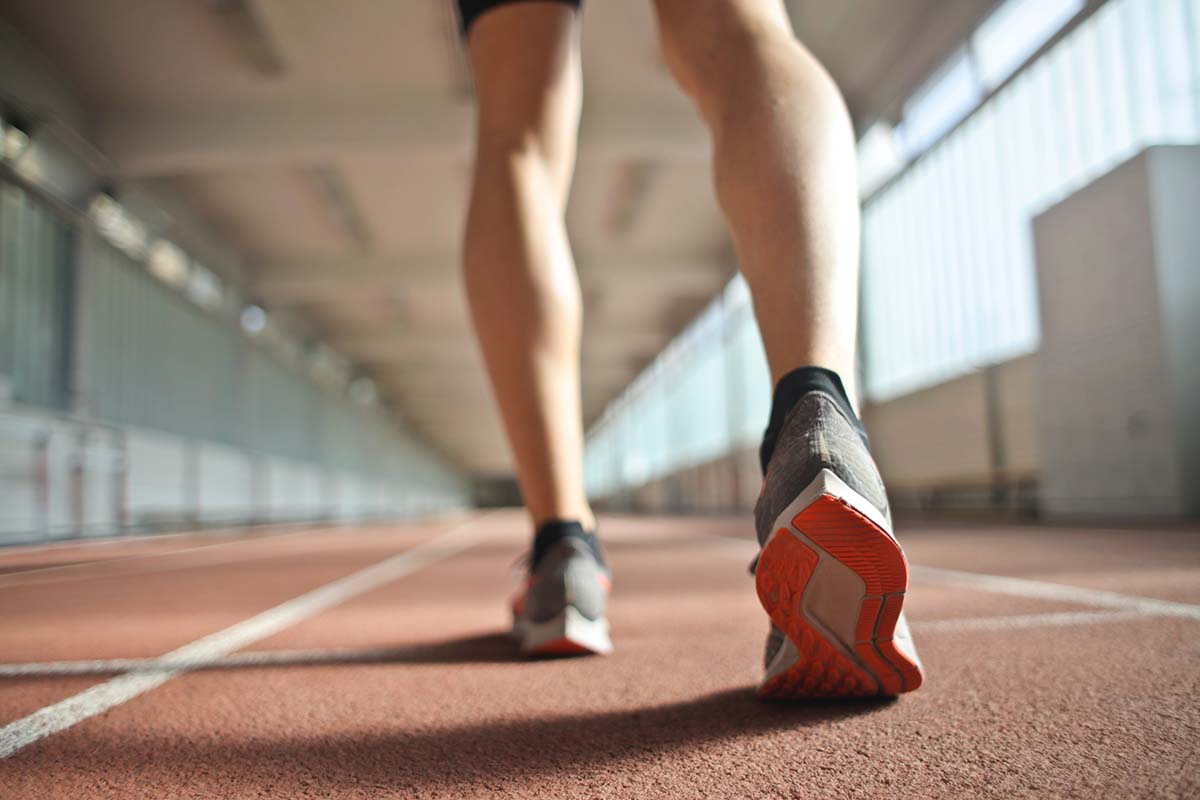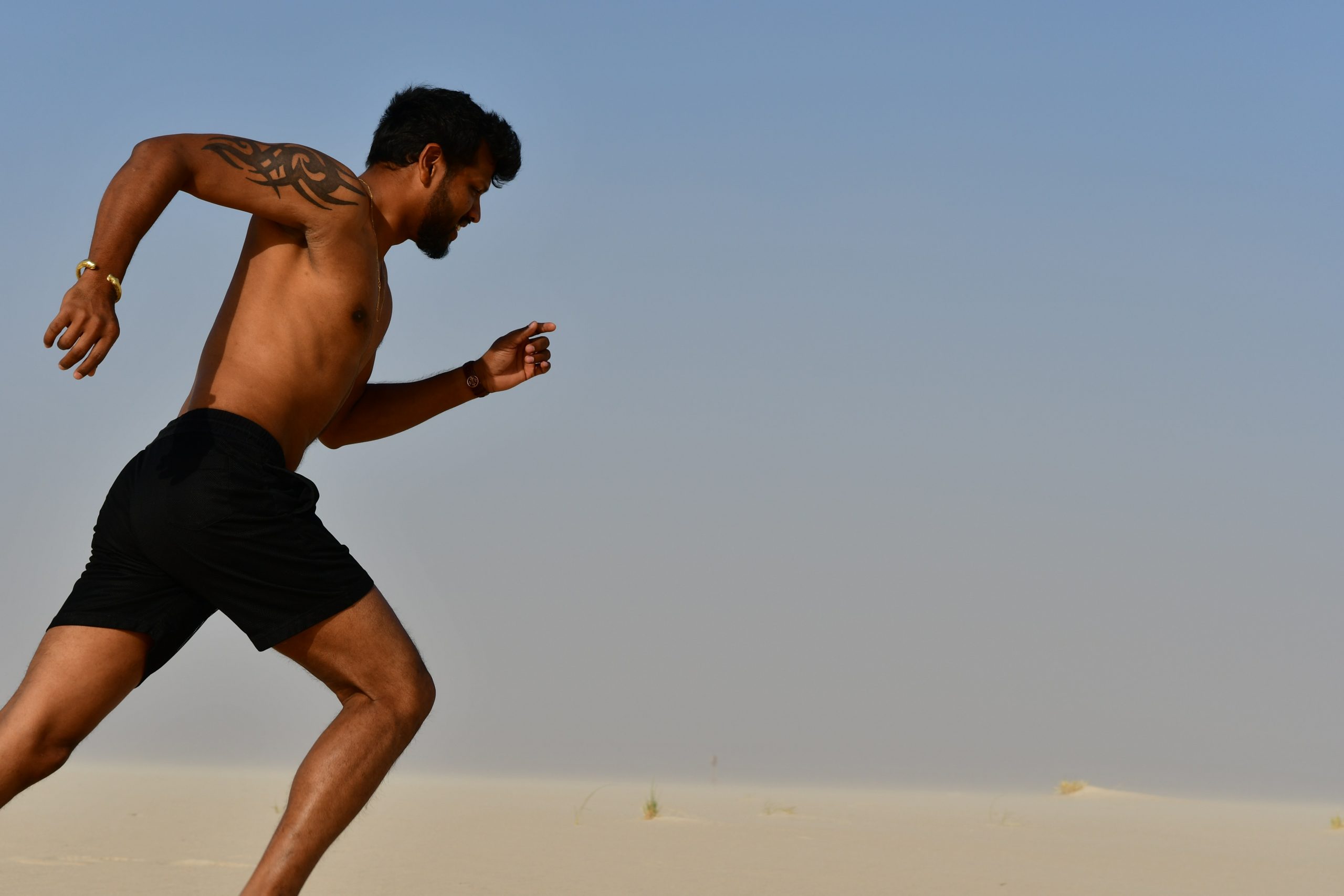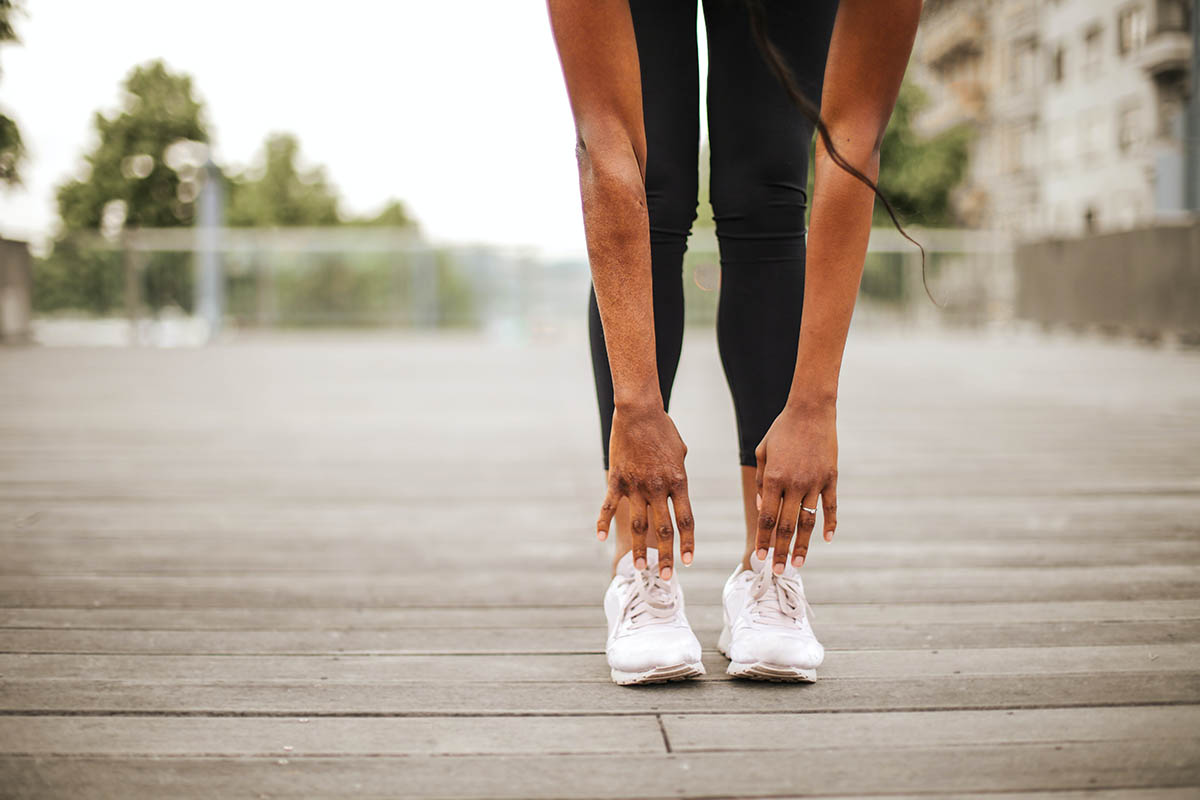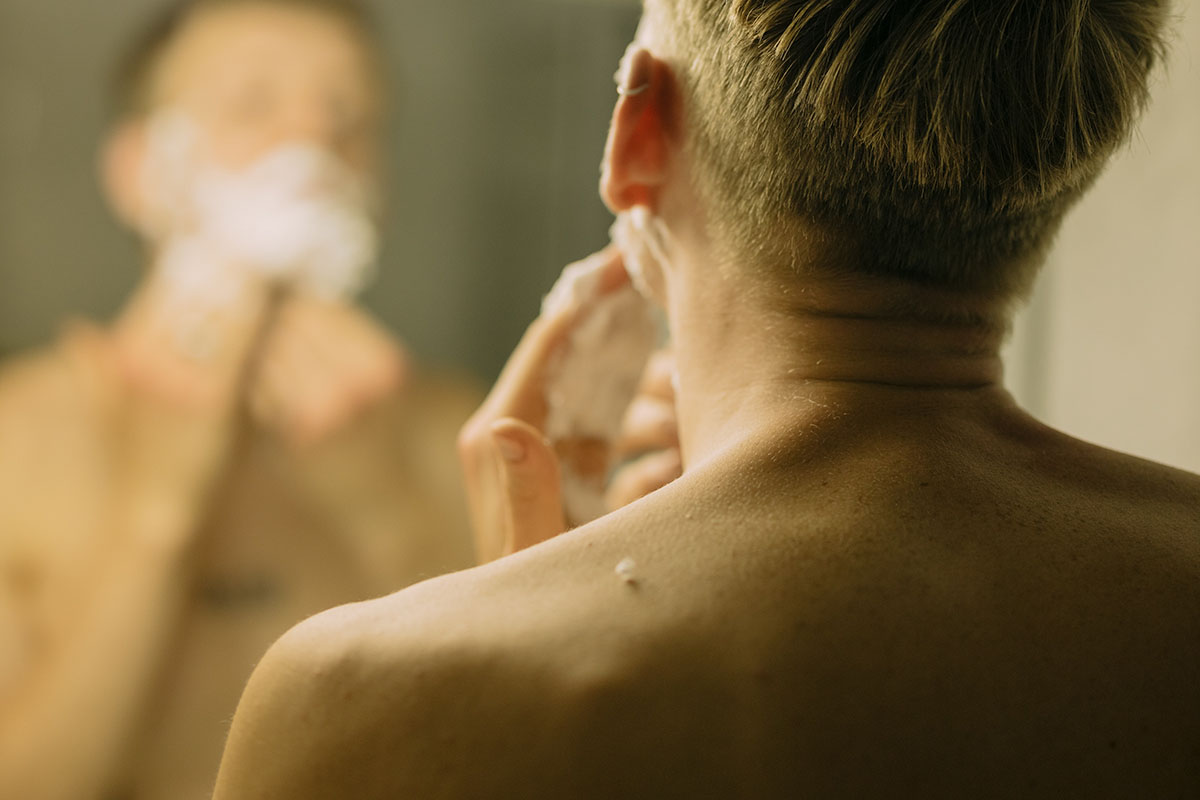What Should You Know About Muscular Dystrophy?
Muscular dystrophy is a category of muscular disease. The musculoskeletal system is weakened, and the body cannot produce the proteins required to develop and maintain healthy muscles.
Over time, the muscles shrink, and the ability to walk, sit upright, use the arms and hands are diminished. Knowing what causes muscular dystrophy is the first step to understanding this disease.
What are the main causes of Muscular Dystrophy?
Muscular dystrophy is a hereditary disease. A child with a muscular dystrophy parent may inherit a modified gene that causes the disease. Although some people carry the defective gene, they do not suffer muscular dystrophy.
Healthy individuals can pass this gene on to their children, who may develop the disease. A gene alteration in muscular dystrophy stops the body from producing the proteins required to develop and maintain healthy muscles.
Muscular Dystrophy Symptoms by Type
It comes in a variety of forms, with several different types being identified. While the most signs and symptoms of muscular dystrophy are muscle weakening, the disease can affect different muscles and regions of the body depending on the type.
Duchenne muscular dystrophy
This is a common type of muscular dystrophy mostly affects boys between the ages of 2 and 5, but it can also affect girls. Parents will notice the toddler struggles to run, walk, or jump. The heart and lungs of a youngster can be affected as the disease worsens.
The lack of mobility is caused by a deficiency of dystrophin, a protein that causes muscles to degenerate and break down. There is promising gene therapy for this particular type that could potentially the disease’s progression resulting in physiological improvements.
Becker muscular dystrophy
Another common variant is Becker muscular dystrophy. Symptoms can emerge at any age, but they are most common during adolescence. Males are more prone than females to develop this type. The hip, thigh, and shoulder muscles, as well as the heart, are all affected by the disease.
Physical therapy can help prevent or lessen joint contractures, maintain, improve cardiorespiratory and muscular strength, modify activities to improve movement and mobility and increase daily activities.
Facioscapulohumeral muscular dystrophy
This is also a fairly common form of muscular dystrophy. It is when the muscles of the face, shoulder blades, and upper arms are affected. Symptoms usually emerge around adolescence and worsen slowly, and it can affect both males and females.
Congenital muscular dystrophy
This form is present at birth. An infant’s muscles may be weak, the spine may be twisted, and the joints may be stiff or loose. Learning impairments, convulsions, and vision problems are common in children with this condition. It is a rare type of muscular dystrophy and can be detected within the first six months of life.
Myotonic dystrophy
Myotonia is a gradual muscle weakening accompanied by delayed muscle relaxation following tension caused by a faulty gene. It is a multi-systemic illness, which means that its effects extend beyond the voluntary muscle system and can affect tissues and organs all over the body.
The muscles of the face, neck, hands, forearms and feet are primarily affected, though it can have other consequences for different people.
Emery-Dreiffus
This type primarily affects children. By the age of ten, symptoms such as weak shoulders, upper arms, and calf muscles will be noticeable. The heart is also affected and contractures, or joint abnormalities that restrict the movement of certain joints, are one of the initial symptoms of this condition.
Contractures, which most commonly affect the elbows, ankles, and neck, can appear in early childhood. The majority of those affected also have gradual muscle weakening and wasting, which starts in the upper arms and lower legs and progresses to the shoulders and hips.
Limb-girdle muscular dystrophy
The muscles closest to the body, such as the shoulders and hips, are affected by this condition. It can impact people of all ages. The pelvic and shoulder girdles, commonly known as the limb girdles, affect the voluntary muscles of the hip and shoulder areas. These muscles deteriorate and waste away (atrophy), and it may eventually affect other muscles as a degenerative disorder.
Oculopharyngeal
Muscles in the eyes and neck are weakened in this unusual form. It typically occurs after the age of 40 with symptoms such as droopy eyelids and difficulties swallowing. It may start with problems swallowing food, but as it progresses, liquids become difficult to swallow as well.
There may be a weakness of the tongue and can result in malnutrition. Limb weakness appears later in the disease and frequently occurs in the body’s center, particularly in the upper legs and hips.
The Importance of Physical Therapy
All forms of dystrophy involve muscle weakness and loss of mass. Some children with severe types of the condition never learn to walk, while others gradually lose their ability to do so. Although there is no cure yet, research is ongoing on the successful treatment.
Physical therapy can considerably enhance a patient’s ability and quality of life. This type of therapy aims to help the person maintain as much flexibility, strength, and symmetry as possible. A physical therapist works on exercises, stretching, and keeping good posture.
They aid with hydrotherapy and monitor the spinal, respiratory, and musculoskeletal function regularly. Physical therapists also play a key role in the prescription and monitoring of adaptive seating and equipment. Contact Everest Rehabilitation Hospitals LLC to learn more about the muscular dystrophy rehabilitation program.
Physical therapy can help people improve their abilities even if they use a wheelchair. They use carefully planned routines to assist patients in getting the right amount and type of exercise. And they make changes to workouts when muscles progressively weaken. The therapist can suggest games and interesting exercises to help patients gain strength, lose weight, and enhance heart health.
Parents need to understand muscular dystrophy causes, symptoms, and treatment so they can seek the best medical care as early as possible. There are many ways that children can be helped to stay active and gain some independence.




















